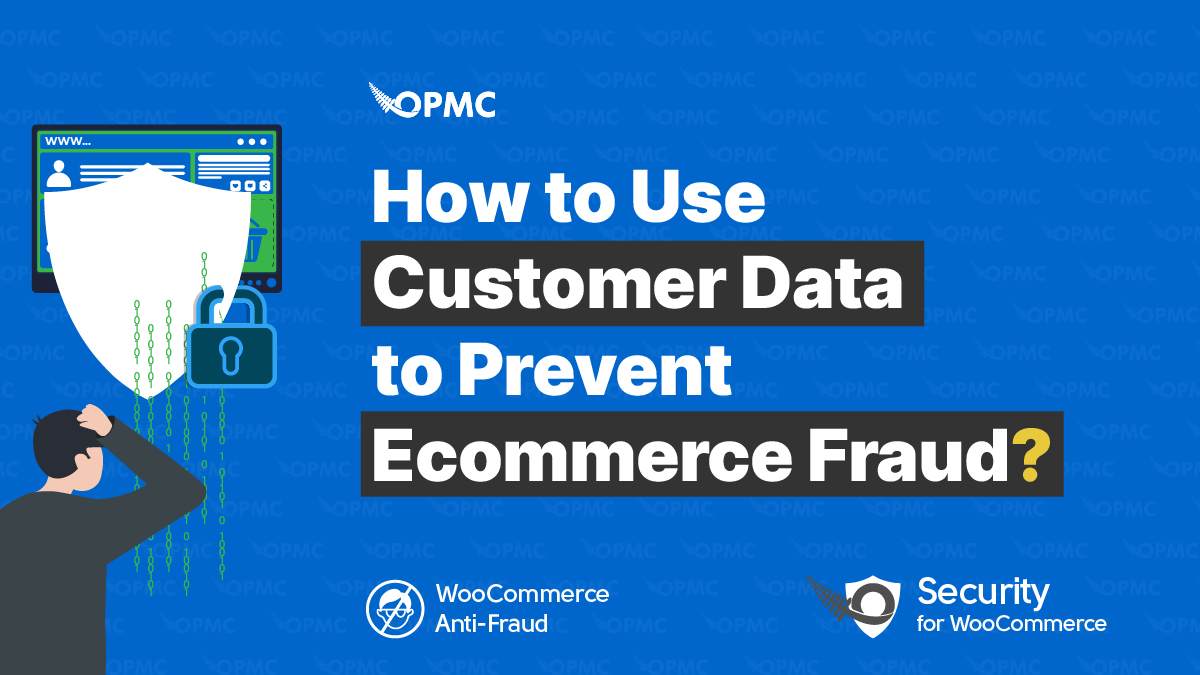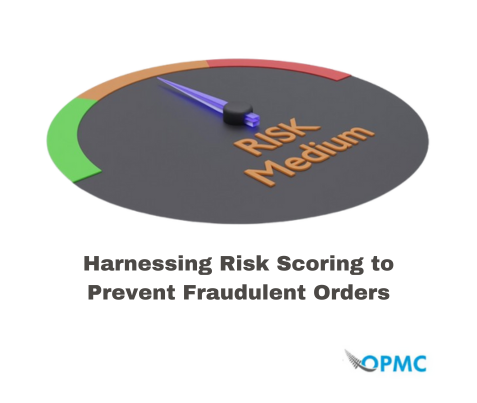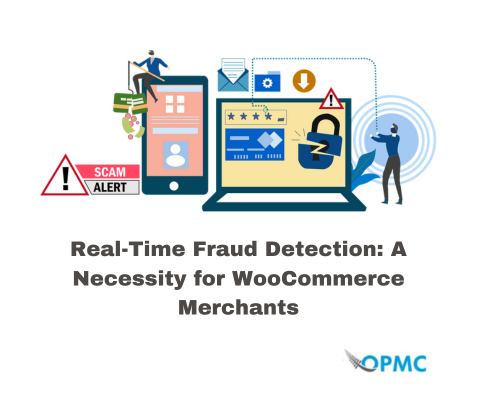You may have heard this term bandied about in the news, but you’re not quite sure what it means. So, let’s break down the definition: “ecommerce” refers to online shopping. Fraud happens when someone makes an online purchase and then tries to claim a refund or chargeback with their credit card company.
The customer may be a friendly fraudster who doesn’t intend to defraud the business but doesn’t want to pay for the product—or they may be an actual fraudster who deliberately uses a stolen credit card number or identity information like birth date and social security number (SSN) to make purchases online.
Why Does Ecommerce Fraud Matter?
For example, if you’re shopping online and see an item that you like at an attractive price, only for it to turn out not to be real once it arrives in the mail—you’ll likely become more cautious about ordering items from other sites in the future. This kind of effect has ramifications for both consumers and retailers. Unfortunately, many different types of ecommerce fraud could happen on your site or store, which can be hard to prevent.
The goal is to minimize the threat of these frauds by leveraging user information. Uncovering patterns improve your automated systems so you lower the risk of future costly problems.
The Role of Customer Data in Preventing Ecommerce Fraud
Customer data can be used to verify identities.
You can use customer data to verify your customers’ identities by integrating with a third-party identity verification service that provides robust authentication options such as SMS text messages and phone calls. You can also compare credit cards against addresses, use strong passwords, and ask for CCV numbers.
Customer data can be used to detect unusual behaviour.
The key to using this data correctly is knowing what normal and abnormal looks like, so you can detect various suspicious activity before it becomes fraudulent.
To determine what is considered “normal” or “abnormal,” you need to first understand how fraudsters operate and then compare their actions against legitimate customers’ actions. Fraudsters tend to exhibit specific patterns that are easy to identify once you know what they are doing.
Customer data can be leveraged to create personalized fraud prevention strategies.
For example, if someone places an order from a new location, use the customer’s IP address to determine whether it’s likely that they’re located in that area or if the order is being placed by someone else from far away.
If the latter is true, consider flagging this order as potentially fraudulent and verifying its legitimacy before fulfilling it (and possibly declining it).
Tips for Using Customer Data to Prevent Ecommerce Fraud
However, some general tips include:
Use multiple sources of customer data.
To combat online fraud, it’s essential that you take advantage of multiple sources of data to create customer profiles and determine what’s normal when it comes to how customers interact with your website.
Using this information, you can create personalized fraud prevention strategies based on individual purchasing behaviour or geography.
Implement real-time fraud monitoring.
Use customer data to create customer profiles and detect deviations from the norm.
A customer profile is a precise snapshot of your customers’ past behaviours and history with your company. These profiles can help you identify fraudulent activity patterns, whether a single transaction or an entire series of purchases. By creating customer profiles and comparing them against each other, you can spot anomalies that may indicate fraud.
Don’t Forget to Train Your Team!
It’s not enough for your customer service team to be aware of the necessary steps. They also need training on recognizing and handling suspicious activity or behaviour from customers and merchants alike.
Fraudulent activity often requires that individuals go through several different stages before completing it successfully, so your customer service team must be skilled at identifying these stages as well as pointing out any potential areas where there may be room for improvement within your internal processes. An excellent way of doing this is by conducting regular training sessions with staff members who work closely with shoppers (e.g., email support).
How We Can Help
One such solution we have developed is our Anti-Fraud Plugin for WooCommerce. This fully automated tool learns from the customer information and behaviours happening with your online store. It can block IPs and geographic areas or stop orders from continuing if it detects fraudulent activity.
Automated tools save you time and money from dealing with the financial and customer service headache of ecommerce fraud.
Conclusion
Download WooCommerce Fraud Prevention Tools
WooCommerce Anti-Fraud and Security for WooCommerce prevent your WooCommerce stores from financial frauds.




